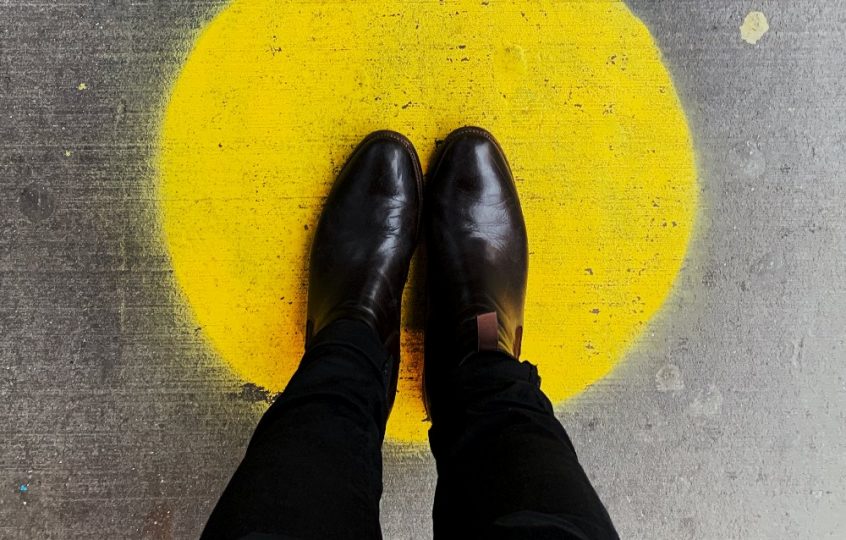You know the importance of starting an emergency fund and saving what you can. Your emergency fund helps you get through tough times without having to get deep into debt.
One of the best things you can do is keep your money in a savings account and out of the way so you aren’t tempted to spend it on non-emergencies. But what constitutes an emergency?
Before you tap into your fund, make sure you really need to. Here are five situations that are true emergencies — and how you can reduce your need for an emergency fund in the first place.
1. Job Loss
Clearly, when you lose your job, you might need to dip into your emergency fund. Hopefully, you’ve built it up to a point where you can cover your necessary expenses for a few weeks — or even months. Your emergency fund can keep you going, maintaining housing and making sure you’re fed even when your income drops.
Reduce your need for an emergency fund during a job loss
However, you can reduce the need to raid your emergency savings if you diversify your revenue streams. Starting a side hustle or creating a dividend portfolio can help you provide income from various sources. While side income might not completely replace your day job, the reality is that having a little extra can help you stretch your emergency fund in a tight pinch.
2. Medical Emergency
If you’ve got a medical emergency, you might need to use money from your fund to help cover costs. Whether it’s a long illness that causes you to miss work and end up with a reduced income, or whether you’re stuck in the hospital, your emergency fund can be a big help.
Shore up your health-related finances
Don’t want to drain your emergency fund over healthcare? There are some things you can do along with saving up. First of all, make sure that you have adequate health insurance. Your health insurance can reduce costs so you are less likely to need quite as much from your emergency savings if you end up in the hospital.
On top of that, if you qualify for a Health Savings Account, you can set some money aside specifically for health costs. With an HSA, you use tax-free money to cover medical costs. This can be one way to protect yourself, and reduce the need to liquidate your emergency fund.
3. Major Home Repairs
At some point, you might need to make major home repairs. When it comes to replacing your roof or getting a new water heater, you might need to use your emergency fund to get the capital you need.
Consider a home maintenance fund
One of the great things about money is that it’s possible to save up for multiple goals at once or have different funds set up for different goals. One way to avoid the need to dip into your emergency fund for repairs is to set up a home maintenance fund. This fund should be used for keeping up with minor repairs and regular maintenance so that there’s a smaller chance of needing bigger, more expensive repairs down the road.
While you’re at it, don’t forget to check your home insurance policy. Make sure that you’re covered, especially in the instance of a natural disaster.
4. Major Car Repairs
Like other major repairs, car repairs can be more expensive than what you have readily available to you in terms of cash. If your car breaks down, your emergency fund can help you get it in working shape — which is vital if you need transport to a job.
Start a car maintenance fund
As with a home maintenance fund, it can make sense to have a car maintenance fund. Put a small amount of money aside for basic car items like new tires, oil changes, and other costly tasks each month. Getting in the habit of planning for things before they happen can help you avoid debt and allow you to keep the emergency fund mostly intact for bigger problems.
5. Emergency Pet Care
You might be surprised at the cost of pet care. If your dog or cat needs emergency surgery, you might be on the hook for thousands of dollars. Even helping your pet through an illness can get expensive. If this happens, an emergency fund can help you cover the costs.
Pet insurance to save the emergency fund
Buy a pet insurance policy if you’re concerned about unexpected costs. Double-check the policy to see what’s covered. Rather than paying $8,000 for a surgery, your insurance might cover $3,000, leaving you to cover $5,000. That’s better than paying the full $8,000, though. Having a way to reduce how much you have to take out of the emergency fund can help you keep it for later, and you won’t have to rebuild your fund by as much.
No matter your situation, carefully consider the circumstance before withdrawing money from your emergency fund. And if possible, look for ways to reduce how much you take out of your savings for each of these items.

